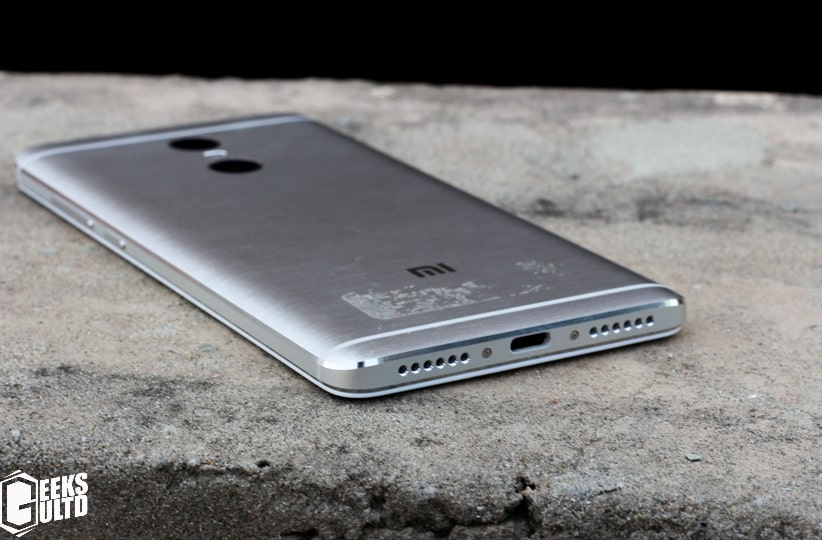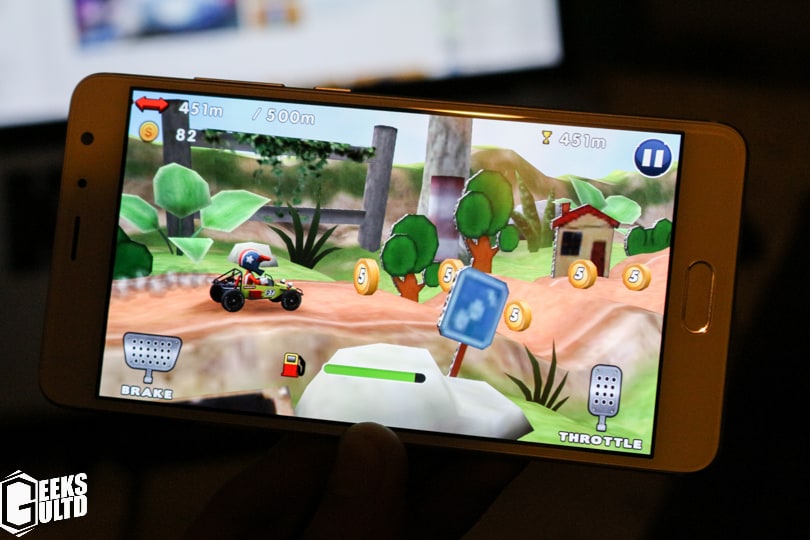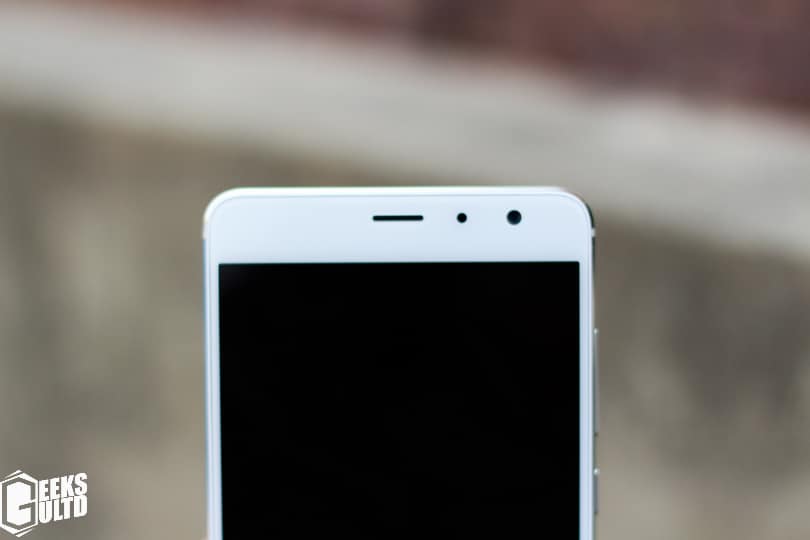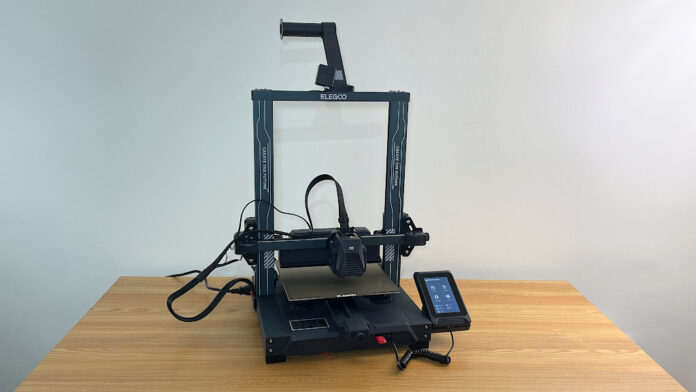The Xiaomi Redmi Pro arrived in August 2016 and it seemed quite promising to us. So, in collaboration with YouTuber XEETECHCARE, here is our Xiaomi Redmi Pro review.
Introduction & Features:
Xiaomi is a quite young company in the smartphone business. Founded in 2010, Xiaomi is rising in the smartphone market very fast, especially in Asia. They not only make great smartphones, they also make things like powerbanks, fitness trackers, etc.
Today, we got the Xiaomi Redmi Pro. It’s Xiaomi’s take at the sub $200 market. This phone is a serious competitor to phones like Oppo F1, Huawei P9 Lite, Motorola Moto G4, and Sony Xperia M4 Aqua.

The Xiaomi Redmi Pro costs $250 and it comes with great specifications for its price. The phone currently runs Xiaomi’s MIUI 8.0 which is great. You can customize fonts, icons, wallpapers and install new themes. Anyways, let’s get down to business.
Specifications:
| Processor: | Deca-Core clocked at 2.1 GHz – 64-bit |
| Chipset: | MediaTek MT6797 Helio X20 |
| RAM: | 3GB |
| Storage: | 32GB/64GB |
| GPU: | Mali-T880 MP4 |
| OS: | Android 6.0 Marshmallow |
| Rear Cameras: Video: |
Dual cameras 13MP + 5MP – f/2.0 – PDAF – With dual-tone LED Flash 1080p @ 30FPS or 720p @ 120FPS |
| Front Camera: | 5MP – f/2.0 – 1080p |
| MicroSD Support: | Yes, Up to 256GB SD Card supported (disables dual-SIM ability) |
| Display: | 5.5-inch 1080p AMOLED Display |
| Battery: | Lithium Ion 4050mAh Non-removable battery |
Now that the specifications are out of the way, let’s talk about the Redmi Pro’s other unique features. This smartphone also features an IR Blaster, Fingerprint sensor, and dual speakers on the bottom. You can buy the Xiaomi Redmi Pro in Silver, Gold and Gray colors. This smartphone isn’t lacking in the software department either. There are some amazing useful features in Redmi Pro’s MIUI 8.0 that even the high-end flagship smartphones don’t have. These include dual-apps, built-in QR code scanner, Lite mode and more. Xiaomi Redmi Pro also utilizes the dual-camera setup software-wise very well.
Unboxing:
The box is nothing fancy. It’s just the standard Xiaomi box inside which you’ll find the phone itself and some accessories (more on that later).

Inside the box, you’ll find the phone, a charger, a USB Type-C cable and some booklets. The packaging is also pretty basic, but not bad for a phone of this price.

One thing to note here is that the charger that comes with the phone does not support fast charging but the phone supports it. This is not a good thing because the phone has a massive 4050mAh battery and to charge it quickly, fast charging is a necessity. You can see the full unboxing video by our partner XEETECHCARE here.
Build Quality and Design:

The Xiaomi Redmi Pro has a solid build-quality. The phone feels solid and premium in hand and the brushed aluminum finish on the back and antenna bands on top and bottom look absolutely gorgeous. The build quality of this phone is top-notch, possibly the best you can have in the price range.






Performance and UI:
 As for the performance, the Xiaomi Redmi Pro is great. It handles most of the everyday tasks easily, without any slow-downs. With its 3GB RAM, you can do some intense multi-tasking too. The phone runs smooth and the animations are lag-less. The Mali-T880 MP4 GPU inside the Redmi Pro is decent enough to handle games without any lag. In highly graphics intense games like Asphalt 8 (set to max settings), there are some hiccups but with settings turned down a bit, it works perfectly fine. Also, if you want even better performance, you can pay a little extra money and get the high edition of this smartphone with a Deca-Core 2.3GHz processor and MediaTek MT6797T Helio X25 chipset. And if you have more budget left, you can even get the “exclusive edition” of the Redmi Pro, which comes with a Deca-Core processor clocked at 2.5GHz with 4GB RAM and 128GB internal storage. The performance is amazing, considering the price of the phone. Now time for some benchmarks!
As for the performance, the Xiaomi Redmi Pro is great. It handles most of the everyday tasks easily, without any slow-downs. With its 3GB RAM, you can do some intense multi-tasking too. The phone runs smooth and the animations are lag-less. The Mali-T880 MP4 GPU inside the Redmi Pro is decent enough to handle games without any lag. In highly graphics intense games like Asphalt 8 (set to max settings), there are some hiccups but with settings turned down a bit, it works perfectly fine. Also, if you want even better performance, you can pay a little extra money and get the high edition of this smartphone with a Deca-Core 2.3GHz processor and MediaTek MT6797T Helio X25 chipset. And if you have more budget left, you can even get the “exclusive edition” of the Redmi Pro, which comes with a Deca-Core processor clocked at 2.5GHz with 4GB RAM and 128GB internal storage. The performance is amazing, considering the price of the phone. Now time for some benchmarks!
Benchmarks:



Interface:

The Xiaomi Redmi Pro runs on MIUI 8, which is based on Android 6.0 Marshmallow. I must say I’m highly impressed by the functions of MIUI 8. We got the Chinese variant, so there was some bloatware inside. However, we were able to easily uninstall most of it. After connecting to the internet and checking for updates, we immediately got the update for MIUI 8.0.3.0. After the update, the phone feels great.

The notification bar of MIUI 8.0 is great. You can search for contacts, applications, and websites straight from the notification bar. Moreover, the notification bar also has a built-in weather widget. Below that, you get your usual buttons to enable things like Bluetooth, WiFi, Mobile Data, etc.

Another eye-catching feature of this smartphone is “dual-apps”. As the name sounds, you can install the same application two times. Now you might be thinking, what’s the use of that? Well, suppose you got two Facebook accounts. So, instead of logging out from one account and logging in from the other on one Facebook app, you can just use the dual-apps feature and manage both of your accounts simultaneously using two different Facebook applications. This is a very useful feature but it is not much demanded in modern smartphones.

The home screen highly customizable too. You can download new themes, fonts, wallpapers and ringtones straight from the “themes” application.
The MIUI 8.0 also comes with a built-in app lock function. You can lock selected applications easily from the settings menu.
The Dual-Camera Setup:

The key feature of the Xiaomi Redmi Pro is its dual-cameras. The phone comes with a 13MP primary rear camera and a secondary 5MP rear camera. Both cameras work together in a mode called “Stereo Mode”. When you open the camera application, only the primary camera (above the flash) works.

To enable Stereo Mode, you need to touch on the little icon above the shutter button. After activating Stereo Mode, you’ll be able to adjust the F-Stop of the cameras from F5.6 all the way down to F0.95. This allows you to take some pretty decent shots with that DSLR-like shallow depth of field or “bokeh”. The blur or bokeh is not always accurate. Most of the time during our testing, the phone blurred out the edges of the subject in-focus too. But this can be fixed easily, thanks to the refocusing option. After taking a photo in Stereo Mode and viewing it, you can touch on the same icon that triggers Stereo Mode to refocus the picture; meaning you can adjust the F-stops to get that perfect DOF.
 Pictures taken in Stereo Mode are also 3D-like. As the secondary rear camera also collects depth information, you can view your captured images (in stereo mode) in 3D. You can just tilt the phone around preview the 3D effect. It’s not full 360º but it is definitely a neat feature.
Pictures taken in Stereo Mode are also 3D-like. As the secondary rear camera also collects depth information, you can view your captured images (in stereo mode) in 3D. You can just tilt the phone around preview the 3D effect. It’s not full 360º but it is definitely a neat feature.

The camera app also comes in different modes. You can beautify your selfies, capture panoramas, etc. The manual mode isn’t so manual. In manual mode, you can only adjust the white balance and ISO, no manual focus. There are some other neat little features too. Like audio mode, in which you can trigger the shutter by your voice. The panorama mode is okay, but the quality of panoramas is not so good.
The dual-cameras are great and once you get used to them, you can get some pretty good shots. Do note that the phone gets a bit warm while using the dual-cameras but it is nothing to worry about. The Xiaomi Redmi Pro also has PDAF (Phase Detection Auto Focus) system, which aids in fast autofocusing. The autofocus system of this phone is great but sometimes it doesn’t focus, you have to touch on the screen to get it to focus.
Another great thing about the dual-cameras is that you can change the F-stop number while recording a video too. This means that you can get the “bokeh” effect while recording a video too.

The 5MP front camera is satisfactory; not good, not bad. While taking selfies, the phone also tells the age and gender of the person in the camera. It is highly inaccurate, though. This can be turned off from the settings. The front camera can record 1080p video. It’s good, but as compared to this phone’s competitors, such as the Huawei P9 Lite, this phone lacks in the front camera department.
Camera Sample Pictures:
Note: Click the images to enlarge.
Low-light Camera Samples:
In low-light conditions, the pictures do get a bit grainy but its fine, considering the price of the phone.
Note: Click the images to enlarge.
1080p Video Sample (Back camera):
Display & Audio Performance:


Battery Life:

The Xiaomi Redmi Pro has a respectable battery life, thanks to the 4090mAh non-removable battery. It can easily give you 5-6 hours of screen-on time on moderate usage. With some frugality, the Xiaomi Redmi Pro can get you through the day easily. The phone also supports fast charging, so the battery can be fully charged in a short amount of time. Again, the charger that comes with the phone doesn’t support fast charging, so you’ll need to buy a fast charging supported charger too.
Conclusion:

To sum everything up, the Xiaomi Redmi Pro is an excellent smartphone for its price. There are some minor problems like sometimes the phone stops autofocusing but these can be fixed with a software update.
The front camera needs some improvement and the video quality of this phone isn’t so good. In terms of video quality, similarly priced phones like the Huawei P9 Lite is much better. But still, if you’re looking for a great smartphone in $250 price range, the Redmi Pro is a great choice to consider.
The fingerprint sensor is fast and accurate, but you can’t unlock the phone while it is in sleep. You need to wake up the phone then unlock it using the fingerprint sensor. Still, despite some minor issues, the Xiaomi Redmi Pro is a solid device with a premium build quality.
So that’s it for our Xiaomi Redmi Pro review. Stay tuned to GeeksULTD for more.





















